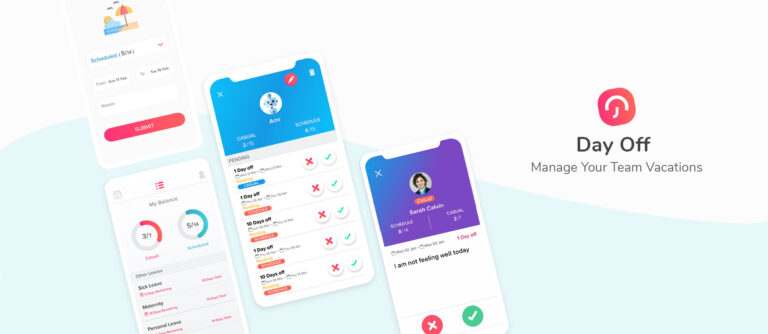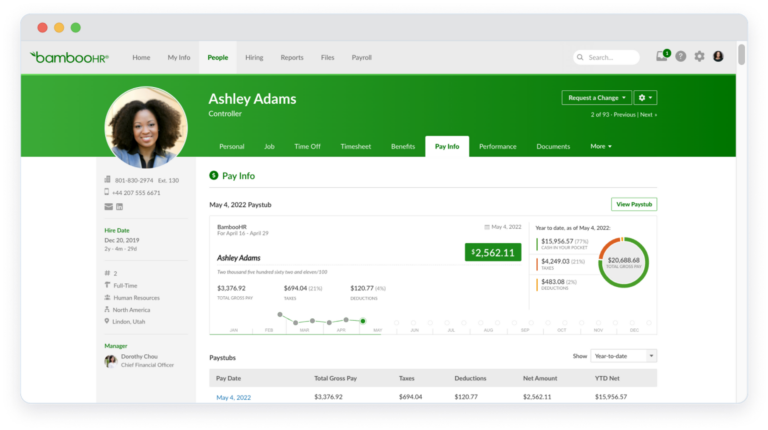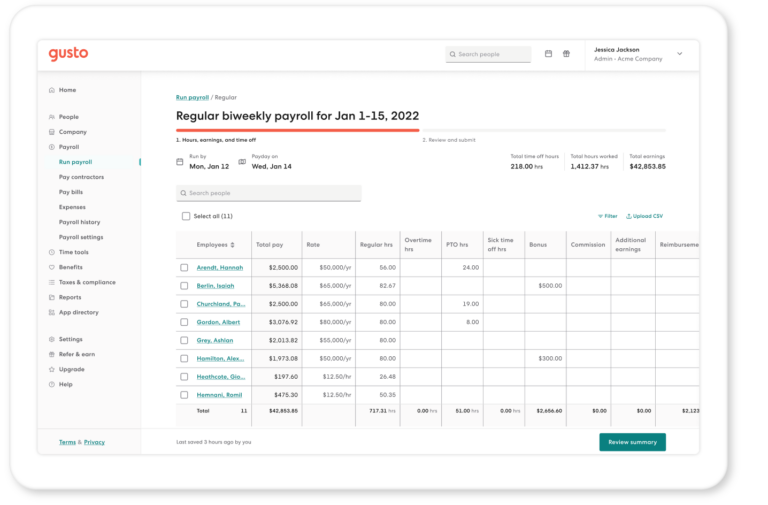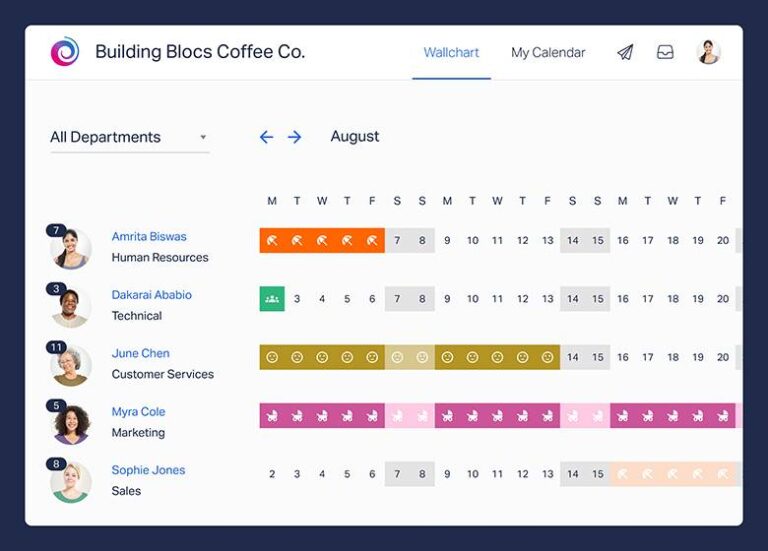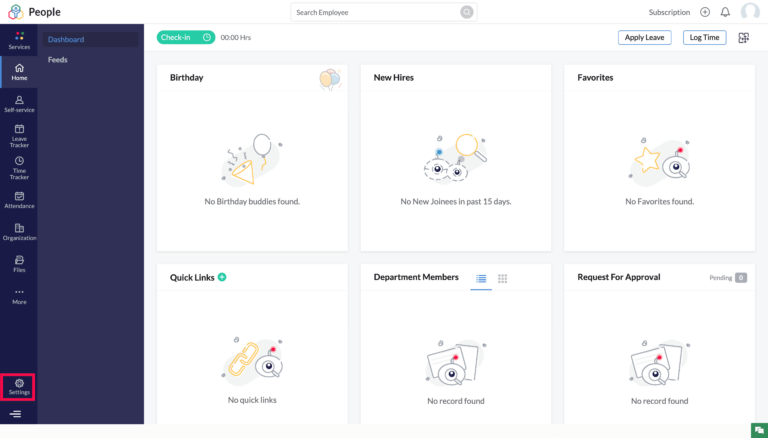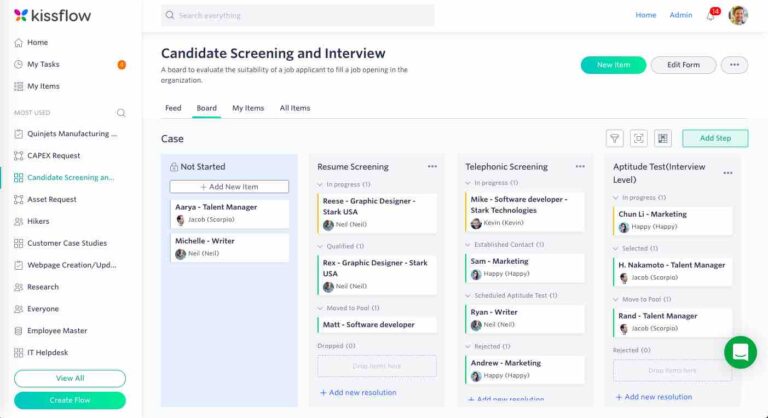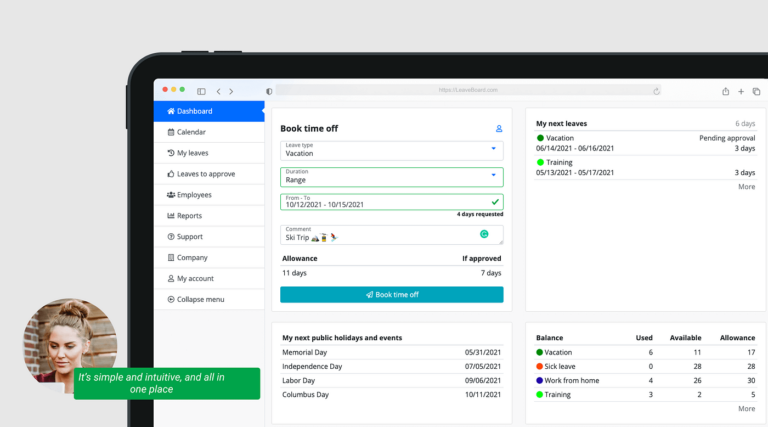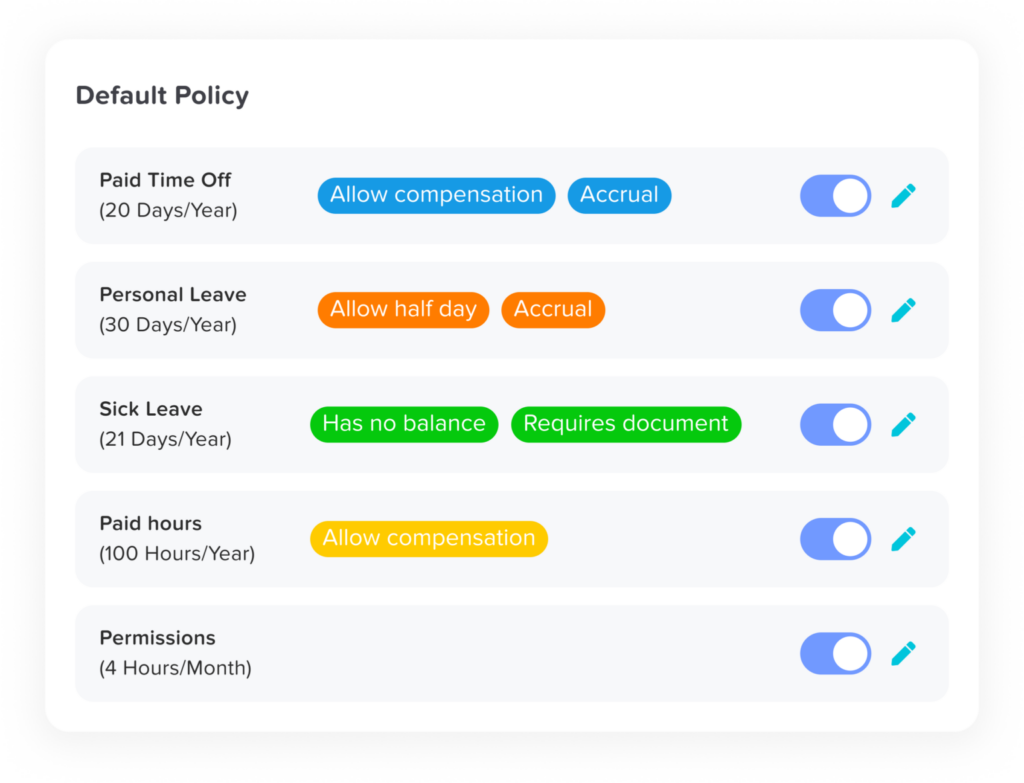At first glance, Time Off in Lieu (TOIL) seems like the perfect perk. You work a few extra hours, and instead of getting paid for overtime, you earn additional time off to use later. Simple, right? But beneath this seemingly flexible arrangement lies a host of complexities that can leave employees overworked and under-compensated if they’re not careful.
In this in-depth guide, we’ll uncover everything you need to know about TOIL—how it works, the legal implications, the psychological toll it can take, and how to protect yourself from being exploited. Whether you’re an employee navigating TOIL policies or an employer looking to implement them fairly, this article is your ultimate resource.
What is Time Off in Lieu (TOIL)?
Time Off in Lieu (TOIL) is an arrangement where employees who work beyond their regular hours are compensated with additional leave instead of overtime pay. For example, if you stay late at the office to meet a deadline, your employer might offer you a few hours or even a full day off at a later date, rather than paying you extra wages.
The Appeal of TOIL
The idea behind Time Off in Lieu (TOIL) is to provide flexibility for both employers and employees. For workers, it can be a valuable way to accumulate more vacation days, allowing them to take time off when they need it most. For employers, TOIL offers a cost-effective alternative to paying overtime wages, helping to manage budgets while still rewarding employees for their extra effort.
But There’s a Catch…
While TOIL may sound like a win-win, the reality is often more complicated. Without clear guidelines and proper management, Time Off in Lieu (TOIL) can become a loophole that employers exploit to get extra work without fairly compensating their staff. In many cases, employees find themselves working more hours than they ever get back in time off, leading to burnout and frustration.
How TOIL Works in Theory vs. Reality
The Ideal Scenario
In the best-case scenario, TOIL functions as a fair and transparent system. Employees are asked to work extra hours during busy periods, and in return, they receive time off that they can use at their convenience. The arrangement is voluntary, well-documented, and mutually beneficial.
For example:
- An employee works an additional 4 hours on a project.
- The extra time is recorded accurately.
- The employee takes a half-day off the following week.
Everyone is happy, right?
The Reality Check
Unfortunately, TOIL doesn’t always play out this smoothly in real life. Here’s where things can start to go wrong:
Untracked Hours: Some employers fail to keep proper records of extra hours worked, making it difficult for employees to claim their time off later.
Denied Time Off Requests: Even if your TOIL hours are recorded, actually taking the time off can be another battle. Employers may deny requests due to “business needs,” leaving employees stuck with unused TOIL.
Expiration of TOIL: In some companies, TOIL balances come with an expiration date. If you don’t use your time off within a specific period, you lose it—meaning you worked those extra hours for free.
Cultural Pressure: Over time, TOIL can create a workplace culture where employees feel obligated to work overtime, whether they want to or not. This can lead to chronic overwork and burnout.
The gap between TOIL in theory and TOIL in practice is often wide, and without clear policies, employees can easily find themselves on the losing end.
The Legal Side of TOIL: Are You Protected?
TOIL vs. Overtime Laws
One of the biggest issues with Time Off in Lieu (TOIL) is that it exists in a legal gray area in many countries. While overtime pay is strictly regulated by labor laws, TOIL arrangements are often less clear-cut.
In the U.S.: The Fair Labor Standards Act (FLSA) requires that non-exempt employees be paid overtime for any hours worked over 40 in a week. TOIL is generally not allowed as a substitute for this pay unless you work in the public sector.
In the UK: TOIL is permitted but must be agreed upon in advance. Employers need to ensure that employees aren’t working beyond the legal maximum working hours, even with TOIL in place.
In Australia: TOIL is legal under certain conditions, but it must be formally agreed upon in writing, and employees must receive time off at the same rate they earned it (e.g., if they worked on a public holiday, they get equivalent leave).
Common Legal Pitfalls
Without clear legal guidelines, TOIL can become a minefield for both employers and employees. Some common legal issues include:
Lack of Written Agreements: If there’s no formal agreement in place, your employer could refuse to honor your TOIL hours, leaving you with no legal recourse.
Unfair Expiration Policies: Some companies impose unreasonable deadlines on TOIL balances, effectively forcing employees to forfeit their earned time off.
Misclassification of Employees: Employers may classify employees as “exempt” from overtime laws to avoid paying extra wages, then offer TOIL instead—this can be illegal depending on the jurisdiction.
How to Protect Yourself Legally
- Always get TOIL agreements in writing.
- Understand your local labor laws regarding overtime and TOIL.
- Keep a personal record of your extra hours worked.
The Psychological Impact of TOIL: The Hidden Cost of “Flexibility”
The Illusion of Work-Life Balance
Time Off in Lieu (TOIL) is often sold as a way to promote work-life balance. But for many employees, the opposite is true. Instead of reducing stress, TOIL can create a culture where overwork is normalized, and employees feel pressured to sacrifice personal time for the sake of the company.
Why TOIL Can Lead to Burnout
Unpredictable Schedules: If you’re constantly working extra hours and waiting for the chance to take your TOIL, it can be hard to maintain a predictable work-life routine.
Guilt and Obligation: Employees may feel guilty about taking their earned TOIL, especially if the team is understaffed or deadlines are looming. This can lead to employees skipping their time off altogether.
Delayed Gratification: Unlike overtime pay, which provides immediate compensation, TOIL requires employees to wait for their reward. By the time they can take their time off, the benefits may feel diminished.
Recognizing the Signs of Burnout
If you’re in a TOIL-heavy workplace, be on the lookout for these signs of burnout:
- Constant fatigue, even after taking time off.
- Increased anxiety about work deadlines and expectations.
- Decreased motivation and job satisfaction.
- Irritability and mood swings.
If TOIL is causing more stress than it’s alleviating, it might be time to rethink the arrangement.
How Employers Misuse TOIL (and How to Protect Yourself)
While TOIL can be a legitimate way to balance workloads, it’s often misused by employers to extract more labor without proper compensation. Here’s how employers may take advantage of TOIL arrangements:
1. The “Voluntary” Overtime Trap
Employers may encourage employees to work extra hours under the guise of “volunteering,” subtly implying that refusing TOIL might make them look bad or uncommitted. In reality, this pressure undermines the voluntary nature of TOIL.
2. The Expiring TOIL Balance
Some companies implement expiration policies that make it nearly impossible for employees to use their earned time off. If you don’t use your TOIL within a certain period—often just a few months—you lose it entirely.
3. Denying TOIL Requests Due to Business Needs
Even if TOIL is tracked and documented, employees may find their requests for time off denied due to “staffing shortages” or “urgent projects.” This leaves employees stuck with an ever-growing TOIL balance they can’t use.
How to Safeguard Yourself
- Document everything: Keep meticulous records of your extra hours and TOIL balance.
- Understand your rights: Know your legal protections and company policies regarding TOIL.
- Advocate for fairness: If your employer is misusing TOIL, bring it up with HR or consider escalating to labor authorities if necessary.
Best Practices for Managing TOIL Effectively
Time Off in Lieu (TOIL) doesn’t have to be a nightmare. When managed properly, it can be a great way to balance busy periods with much-needed rest. Here’s how to make TOIL work for you:
For Employees
✅ Track Your Hours: Keep a detailed record of every extra hour worked and ensure it matches your TOIL balance.
✅ Use TOIL Promptly: Don’t let your TOIL accumulate indefinitely. Use it regularly to prevent burnout and avoid expiration.
✅ Know Your Rights: Familiarize yourself with local labor laws and company policies to ensure you’re being treated fairly.
✅ Communicate Clearly: Plan ahead when requesting TOIL leave to minimize the chance of denial.
For Employers
✅ Set Clear Policies: Establish transparent TOIL policies that include documentation, expiration rules, and procedures for taking time off.
✅ Encourage Time Off: Foster a culture where employees feel comfortable using their earned TOIL without guilt or pressure.
✅ Monitor Workloads: Be proactive in ensuring employees aren’t consistently overworked, and offer support when needed.
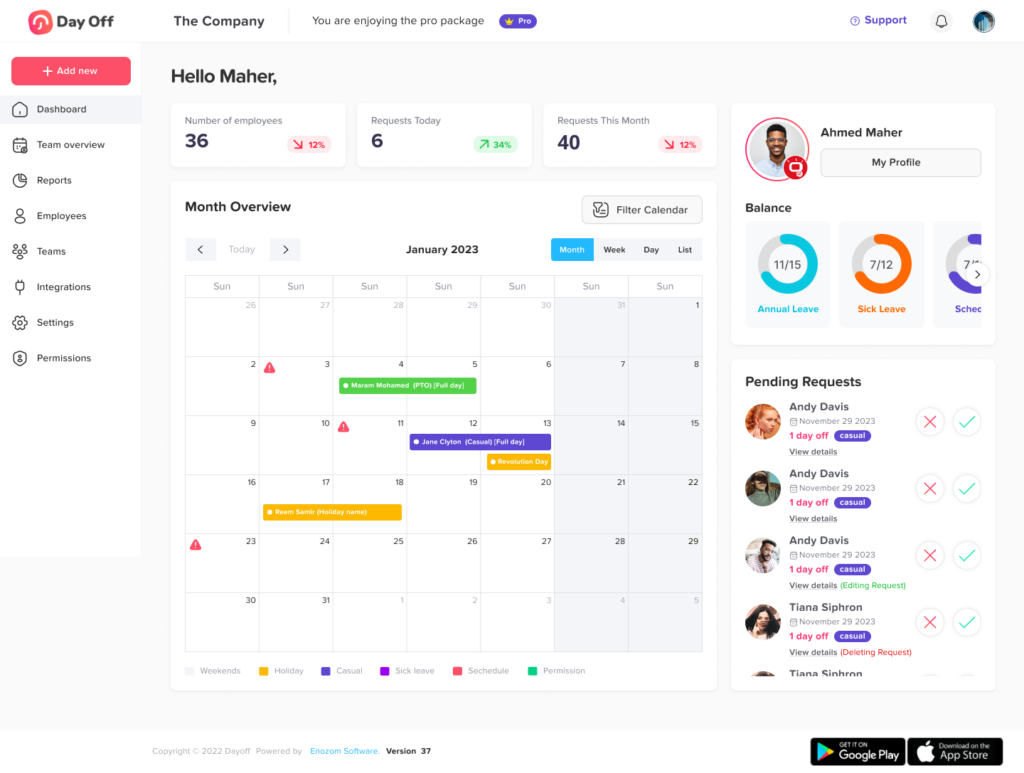
FAQ: Time Off in Lieu (TOIL)
1. Can I choose between TOIL and overtime pay, or does my employer decide?
It depends on your employment contract and local labor laws. In some workplaces, employees can choose between TOIL and overtime pay, while in others, the employer may have the authority to decide.
- Public sector jobs (e.g., government positions) often use TOIL as the standard, while the private sector may lean toward overtime pay.
- Always check your employment contract or collective bargaining agreement to see if you have a say in how you’re compensated for extra hours.
2. Is there a limit to how much TOIL I can accrue?
Yes, many employers set limits on the amount of TOIL you can accumulate, often to prevent employees from building up excessive amounts of time off that could disrupt business operations.
- For example, some companies may cap TOIL at 40 hours (equivalent to one workweek).
- In certain cases, accrued TOIL must be used within a specific timeframe (e.g., within 6 months), or it will expire.
Check your company’s TOIL policy to avoid losing earned time off.
3. Does TOIL affect my annual leave entitlements?
No, TOIL is separate from your annual leave or vacation entitlements. Annual leave is a statutory right in most countries, while TOIL is an additional form of leave earned through extra work. However:
- Some employers may combine TOIL with annual leave in their HR systems, making it appear as one total balance.
- Make sure your TOIL hours are clearly differentiated from your annual leave to avoid confusion.
4. Can I cash out my TOIL instead of taking time off?
In most cases, TOIL cannot be cashed out unless explicitly stated in your employment contract or company policy. TOIL is designed to compensate you with time off, not monetary payments. However:
- Some employers may allow cashing out TOIL if you’re unable to take the time off due to business demands.
- In certain jurisdictions, laws may require that TOIL be converted to overtime pay if it isn’t used within a certain period.
Check your company’s policy and local labor laws to see if cashing out TOIL is an option.
5. Can my employer force me to take TOIL at a specific time?
Yes, in some cases, your employer may require you to take TOIL during quiet periods or downtime to balance workloads. However:
- Employers typically need to provide reasonable notice before requiring you to take TOIL.
- If your employer forces you to take TOIL at inconvenient times (e.g., during a busy season or when you’re already scheduled to work), this could violate fair work practices or labor laws in your region.
Always refer to your employment contract or HR policy for specifics.
6. Does TOIL count towards my pension or retirement benefits?
Generally, TOIL does not affect your pension or retirement benefits since it’s compensated with time off rather than additional wages. However:
- If you work in a sector where overtime pay contributes to pensionable earnings, opting for TOIL instead of overtime pay could reduce your long-term pension contributions.
- Consult your HR department or pension advisor if you’re unsure how TOIL affects your retirement planning.
7. What happens to my TOIL if I leave my job?
When you leave your job, the handling of unused TOIL depends on your employer’s policy and local labor laws:
- In some workplaces, unused TOIL is treated like annual leave and must be paid out when you leave.
- In other cases, if TOIL is not explicitly covered in your contract, you might forfeit your accrued TOIL without compensation.
To avoid losing out, clarify your TOIL status before giving notice.
8. Does TOIL apply to part-time employees?
Yes, part-time employees can also accrue TOIL, but the rules may differ depending on your contract and local laws. Part-time workers may:
- Earn TOIL for hours worked beyond their contracted schedule, but not necessarily for hours beyond the standard full-time workweek.
- Be subject to different overtime thresholds than full-time employees.
Ensure your contract clearly outlines how TOIL applies to part-time roles.
9. What if I get sick during my TOIL leave?
If you fall ill during a scheduled TOIL day off, the rules for rescheduling your leave vary:
- In many workplaces, TOIL is treated like regular leave, so you may be able to reschedule your TOIL for another time.
- Some employers might require medical documentation to validate your illness before adjusting your TOIL.
Check your company’s sick leave and TOIL policies to know your rights in this situation.
10. Can TOIL be used for emergency leave or family obligations?
Generally, TOIL is pre-planned leave and may not be suited for sudden emergencies unless your employer allows flexibility. However:
- Some companies may permit TOIL to be used for family emergencies or unexpected personal obligations.
- If you need to take urgent time off, personal leave or compassionate leave policies may be more appropriate.
Always communicate with your employer about the purpose of your TOIL requests.
11. Can I refuse to participate in a TOIL arrangement?
In most cases, TOIL must be agreed upon voluntarily by both the employer and employee. You can refuse TOIL if:
- You prefer overtime pay instead.
- The TOIL arrangement isn’t clearly defined or violates labor laws.
However, if your employment contract specifies TOIL as the standard form of compensation for extra hours, you may be required to comply unless you negotiate alternative terms.
12. Is TOIL taxable?
No, TOIL itself is not taxable because it’s time off, not monetary compensation. However:
- If your TOIL is later converted into overtime pay (for example, if you leave the company and get paid for unused TOIL), that payment will be subject to taxation like any other earnings.
Consult with a tax advisor or your HR department if you’re unsure about the tax implications of your TOIL arrangement.
13. What happens if my employer refuses to honor TOIL?
If your employer refuses to honor TOIL you’ve earned, you can:
- Refer to your contract or company policy to see if TOIL is formally recognized.
- Speak to your HR department or manager to address the issue.
- If unresolved, seek legal advice or file a complaint with your local labor authority.
Documenting your extra hours and TOIL requests is crucial for supporting your case.
14. How can I negotiate better TOIL terms with my employer?
If you’re concerned about your TOIL arrangement, consider these steps:
- Request written documentation outlining how TOIL is tracked, managed, and used.
- Negotiate flexibility in when and how you can use TOIL.
- Ask for TOIL expiration extensions if your workload prevents you from taking time off.
If your employer is open to dialogue, you can often improve TOIL conditions to better suit your needs.
15. Can TOIL be taken in half-days or hourly increments?
Yes, many companies allow TOIL to be used in smaller increments (e.g., by the hour or half-day) rather than requiring full days off. However:
- Some workplaces may have minimum thresholds for how TOIL is taken (e.g., no less than 2 hours at a time).
- Using TOIL in smaller chunks can provide more flexibility for attending appointments, family events, or personal errands.
Always check your employer’s specific policies for TOIL usage.
Final Thoughts: Is TOIL Worth It?
While Time Off in Lieu (TOIL) can offer flexibility and balance when properly managed, it also carries significant risks if left unchecked. Without clear policies and legal protections, TOIL can easily turn into a tool for exploitation, leaving employees overworked and under-compensated.
If you’re navigating a TOIL arrangement, it’s essential to stay informed, protect yourself legally, and prioritize your well-being. At the end of the day, your time—whether on or off the clock—is valuable. Make sure you’re getting the compensation you deserve, whether that’s in the form of time off or overtime pay.


